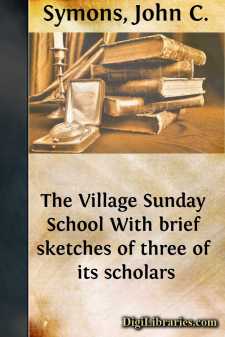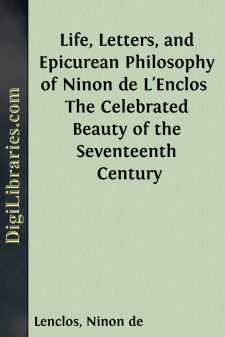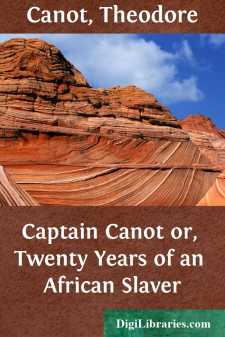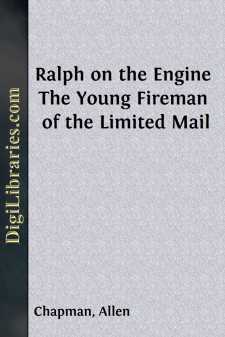Non-Classifiable
- Non-Classifiable 1768
Non-Classifiable Books
Sort by:
INTRODUCTION. Of late years it has been my fate or my whim to write a good deal about the early days of the Præraphaelite movement, the members of the Præraphaelite Brotherhood, and especially my brother Dante Gabriel Rossetti, and my sister Christina Georgina Rossetti. I am now invited to write something further on the subject, with immediate reference to the Præraphaelite magazine “The Germ,”...
more...
CHAPTER I THE TIMES AND THE MEN There was rejoicing throughout the Thirteen Colonies, in the month of September 1760, when news arrived of the capitulation of Montreal. Bonfires flamed forth and prayers were offered up in the churches and meeting-houses in gratitude for deliverance from a foe that for over a hundred years had harried and had caused the Indians to harry the frontier settlements. The...
more...
SCOTTISH EMIGRATION TO THE AMERICAN COLONIES Scottish emigration to America came in two streams—one direct from the motherland and the other through the province of Ulster in the north of Ireland. Those who came by this second route are usually known as "Ulster Scots," or more commonly as "Scotch-Irish," and they have been claimed as Irishmen by Irish writers in the United States....
more...
by:
John C. Symons
CHAPTER I. THE VILLAGE—THE NEW SUNDAY-SCHOOL—THE SUPERINTENDENT—A REVIVAL. M—— is a small village in the west of England, delightfully situated in a wooded pleasant valley. Through it runs the parish road, which—as it leads to the seashore, from whence the farmers of that and the neighboring parishes bring great quantities of sand and seaweed as manure—frequently presents, in the summer,...
more...
CHAPTER I.GENERAL INFORMATION. Foxes are found in all parts of America, but probably most numerous in the New England States and parts of Canada. The range of the red is from Virginia to Alaska; grey, Southern and Southwestern States; cross, Northern New Jersey to Manitoba; black, Alaska, and the territories several hundred miles to the South and East; swift, the prairies or Great Plains; white and...
more...
by:
Alma Lutz
PREFACE To strive for liberty and for a democratic way of life has always been a noble tradition of our country. Susan B. Anthony followed this tradition. Convinced that the principle of equal rights for all, as stated in the Declaration of Independence, must be expressed in the laws of a true republic, she devoted her life to the establishment of this ideal. Because she recognized in Negro slavery and...
more...
by:
Thomas Watkins
Having, when young, imbibed a particular inclination to study the culture of the cucumber and melon, under the direction of my father, whose character as an early framer was in high repute, I assiduously tried every experiment which was calculated to improve upon his system, by bringing them to a more complete state of perfection. In marking the progress of their growth, I usually committed to writing...
more...
by:
Ninon de Lenclos
CHAPTER I Ninon de l'Enclos as a Standard To write the biography of so remarkable a woman as Ninon de l'Enclos is to incur the animadversions of those who stand upon the dogma, that whoso violates one of the Ten Commandments is guilty of violating them all, particularly when one of the ten is conventionally selected as the essential precept and the most important to be observed. It is purely...
more...
by:
Theodore Canot
My Dear Willis, While inscribing this work with your name, as a testimonial of our long, unbroken friendship, you will let me say, I am sure, not only how, but why I have written it. About a year ago I was introduced to its hero, by Dr. James Hall, the distinguished founder and first governor of our colony at Cape Palmas. While busy with his noble task in Africa, Dr. Hall accidentally became acquainted...
more...
by:
Allen Chapman
CHAPTER I THE NIGHT RUN “Ralph Fairbanks.” “On hand, sir.” “You are to relieve Fireman Cooper on the Dover slow freight.” “All right, sir.” Ralph Fairbanks arose from the bench on which he was seated in the roundhouse at Stanley Junction. Over a dozen men had been his companions for the past hour. There were engineers waiting for their runs, firemen resting after getting their...
more...











